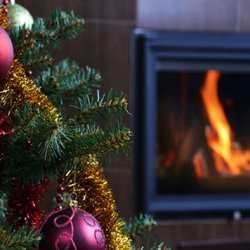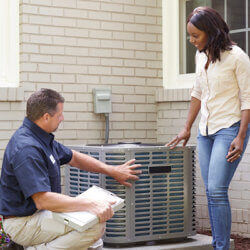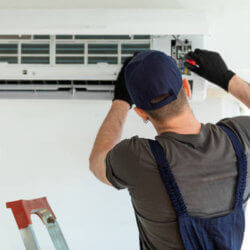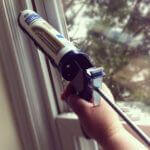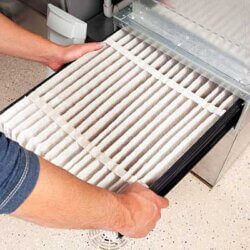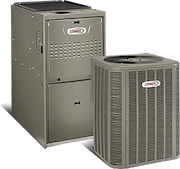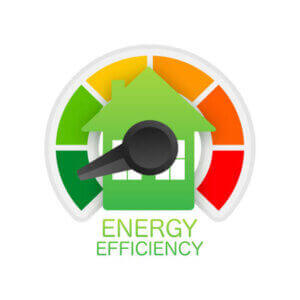
Home insulation is one of the most important things you can do to improve your home’s energy efficiency and maximize energy savings. Properly insulating your home can save you up to 30 percent on your energy bill, and it will also make your home more comfortable throughout the year. In this blog post, we will explore how to save energy with proper home insulation this winter.
To learn more about what you can do to save energy on your heating bills and ensure an efficient HVAC system all winter long, contact the experts at Galmiche & Sons. Serving St. Louis since 1950, we are experts at all things heating and cooling. From helping you select an energy efficient system to keeping your existing system running at peak efficiency, we are here to help.
How Insulation Works
There are three primary methods of heat transfer: conduction, convection, and radiation. Insulation works to reduce all three types of heat transfer.
Conduction is the transfer of heat through solid materials. In your home, this happens when heat from a warm room escapes through the walls or ceiling into a colder room or outside space. To prevent this from happening, insulation acts as a barrier between the two spaces, slowing down the flow of heat. Convection is the transfer of heat through liquids and gases. Insulation works to reduce convection by trapping pockets of air within its fibers. These pockets of air act as a buffer against the movement of heat, slowing down the rate at which heat is transferred.
The most common type of insulation is fiberglass, which is made from recycled glass. It is an effective insulator and is often used in attics and crawl spaces. Another type of insulation is cellulose, which is made from recycled paper products. The third type of insulation is spray foam, which is made from chemicals that are sprayed into place. Spray foam expands to fill gaps and cracks, making it an excellent choice for sealing around doors and windows. Any of these types can be used as part of your proper home insulation. The key is ensuring that there is enough insulation used and it is included in areas where conditioned air normally escapes.
Signs You Need To Invest In Proper Home Insulation
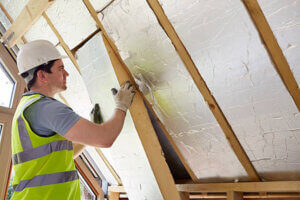
If your home was built more than a few decades ago, there is a good chance it has poor insulation. In fact, most older homes only have about 60 percent of the insulation they need to be energy-efficient. This means that your home is likely losing heat in winter and letting in heat in summer, making your HVAC system work overtime to maintain a comfortable temperature.
There are a few telltale signs that your home could benefit from additional insulation:
- You can feel drafts coming from windows and doors
- Your energy bills spike during extreme weather conditions
- You have hot or cold spots in certain rooms of your home
- There are huge differences in temperature between rooms
If you notice any of these signs, it is time to invest in better insulation for your home.
How We Can Help You Maximize Comfort and Save Energy
Whether you live in one of the older homes in St. Louis with no insulation or are facing problems due to inadequate insulation, Galmiche & Sons can help. From offering actionable advice on proper home insulation to providing efficient HVAC solutions, we will ensure you save energy while staying comfortable year-round. Contact us today to learn more.



